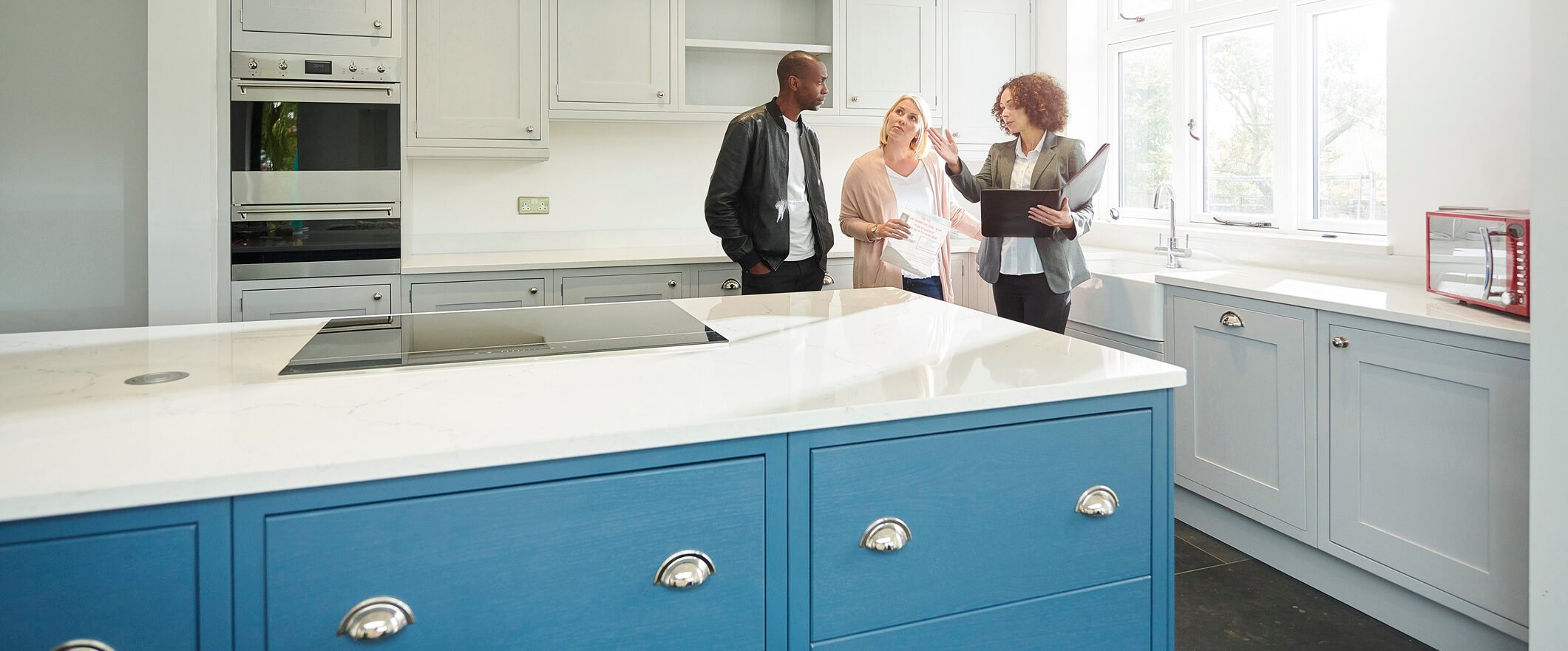If you’re getting a mortgage for a home worth up to $500,000, the minimum down payment is 5%. Homes worth more need larger down payments.
The exact amount you’ll need for a down payment depends on three factors: Canada’s mortgage guidelines, the price of the home you’re buying and the requirements of your mortgage lender.That third factor might remain a mystery until later in your real estate search, but you can still give yourself a good idea of how much down payment you’ll need to buy a house by doing some simple calculations.
Get your lowest mortgage rate with nesto
Stay on the bright side of mortgages with Canada’s leading digital mortgage lender. Secure your commission-free, low rate guarantee mortgage with nesto today.
What is a down payment?
When you get a mortgage, the down payment is the amount you’re required to pay upfront. It represents a portion of the price of the house you hope to buy.
A down payment is typically made in cash, with the remaining cost of the home covered by a mortgage. The bigger the down payment, the smaller the mortgage. At least for a little while, your home equity — the value of your house minus the mortgage amount — will be equal to your down payment amount.
How much is needed for a down payment?
Canada’s lending rules have specific guidelines around minimum down payment sizes:
- For homes under $500,000 the minimum down payment is 5%.
- For homes between $500,000 and $999,999 you need 5% for the first $500,000 of the purchase price and 10% for the amount above $500,000. On December 15, 2024, the upper limit will increase to $1,499,999.
- For homes costing $1 million or more the minimum down payment is 20%. Beginning December 15, 2024, the upper limit will increase to $1.5 million or more.
There are cases where a lender may require a bigger down payment in order to approve you for a mortgage.People who are self-employed or have a poor credit history, for example, often need to put down more than the minimum. And if the monthly mortgage payments on a particular home are too big for a homebuyer’s budget, a larger down payment may be required to reduce the size of the mortgage — and the size of those payments — to a more manageable level.
🤓 Nerdy tip: If your down payment is less than 20%, you’ll have to purchase mortgage default insurance, which protects your lender in the event you can no longer pay your mortgage.
Ways to save a house down payment
If a 5%, 10% or 20% down payment feels like an awfully big number, you’re not wrong. The best way to save up a down payment is to start early.
Prioritize and budget
Look into your budget and see where if there are places to reduce costs and save money. While lowering your day-to-day expenses will help, prepare to make even greater sacrifices in pursuit of your goal. This might mean cutting out vacations, holding off on upgrading your devices, or driving a cheaper vehicle until you’re a homeowner.
Reduce your debt
It’s hard to save if you’re making monthly payments to creditors, so consider paying off your debts. An added benefit is that reducing debt will improve your debt service ratios, making it much easier for you to qualify for a mortgage.
Start a down payment savings account
Set up a savings account for your down payment. If possible, automate it and transfer money to the account every time you get paid.
A tax-free savings account (TFSA) or high-interest savings account (HISA) are accounts every prospective home buyer should consider. With a TFSA, you can invest the money you save in the account and not pay any tax on the earnings. And with a HISA, you’ll have easy access to your money while earning more interest than a basic savings account.
Borrow from your RRSP
Dipping into your retirement savings for a down payment is an option you should approach with caution, but it can be a way to become a home owner on a faster timeline. If you have a registered retirement savings plan (RRSP) you can borrow up to $35,000 from it, tax-free, for your first home as part of the Home Buyers’ Plan. That $35,000 could make up a significant chunk of your down payment.
Down payment frequently asked questions
No. Canadas has specific rules around minimum down payments that have been in place since 2008. You’ll have to put at least 5% down to get a mortgage for a home priced less than $500,000. More expensive homes require even larger down payments.
No. A deposit is the money you put up during the buying process. It tells the seller that your offer is serious, and that you have the finances to afford the home. A down payment is part of the mortgage process. A down payment reduces the amount of money a lender needs to provide, and must be in the buyer’s possession before a mortgage can be finalized.
DIVE EVEN DEEPER

The Best Mortgage Rates in Canada
Quickly explore Canadian mortgage rates from bank and non-bank lenders. Find the best fixed or variable mortgage rate for your home buying needs.

Is Canada’s Housing Market Crashing? Here’s How to Tell
A “housing crash” and a “housing correction” differ in how they’re caused, and the severity of their effect on home prices and sales.

Mortgage Payment Calculator
Use our mortgage payment calculator to estimate your monthly mortgage payments in Canada. Enter your loan details to get an accurate and quick assessment of your mortgage costs.



